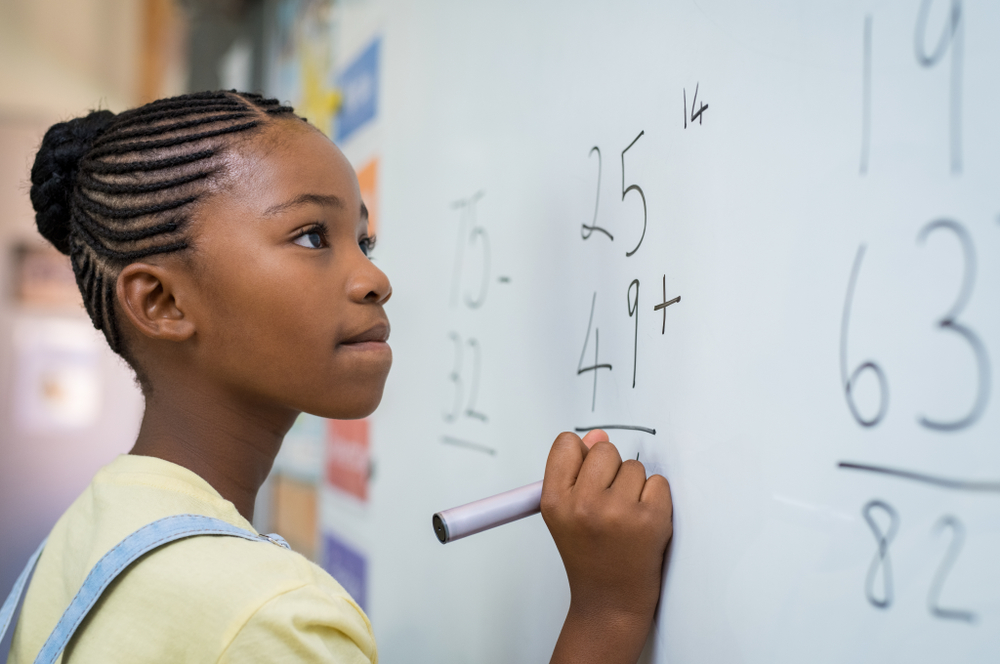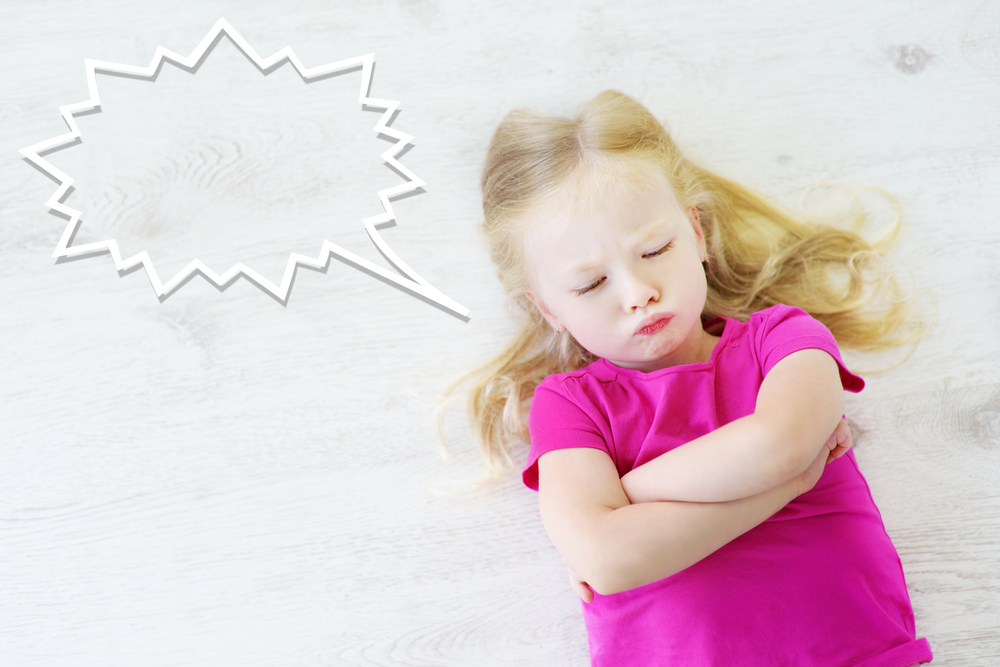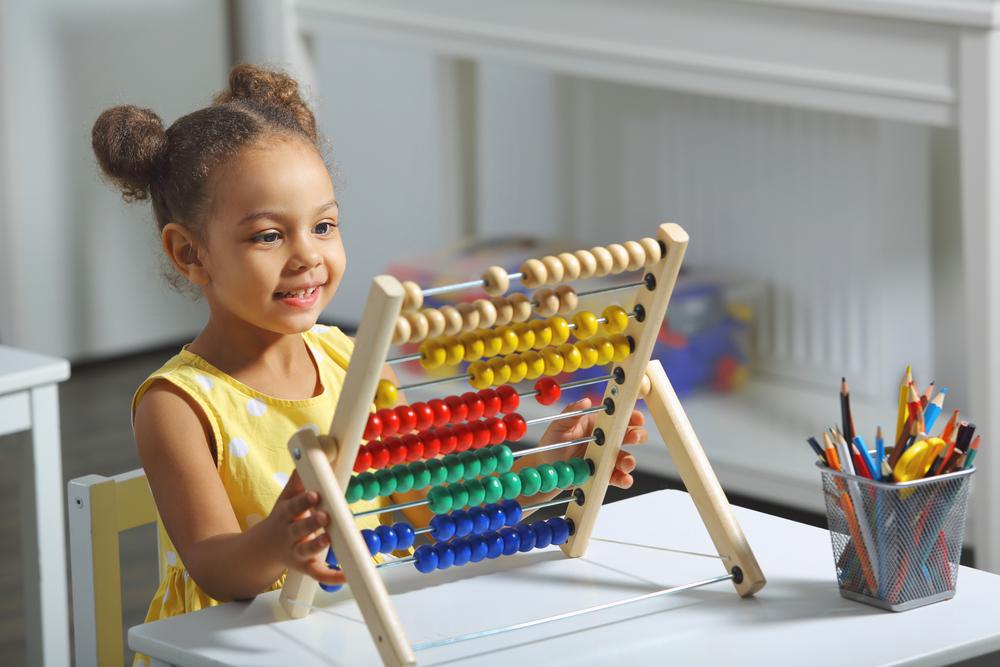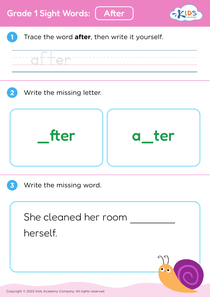Comparing sizes Grade 1 Worksheets
4 filtered results
-
From - To
Discover an engaging collection of "Comparing Sizes Grade 1 Worksheets" designed to help first graders master the concept of size comparison. Our fun and colorful worksheets guide young learners as they compare different objects, enhancing their critical thinking and observational skills. Children will enjoy activities that include ordering items from smallest to largest, matching objects of different sizes, and exploring the concepts of length, height, and weight. These worksheets provide an excellent foundation for future math success, enabling your child to grasp essential comparison skills effortlessly. Ideal for classroom use or homeschooling, spark curiosity and confidence with each activity!
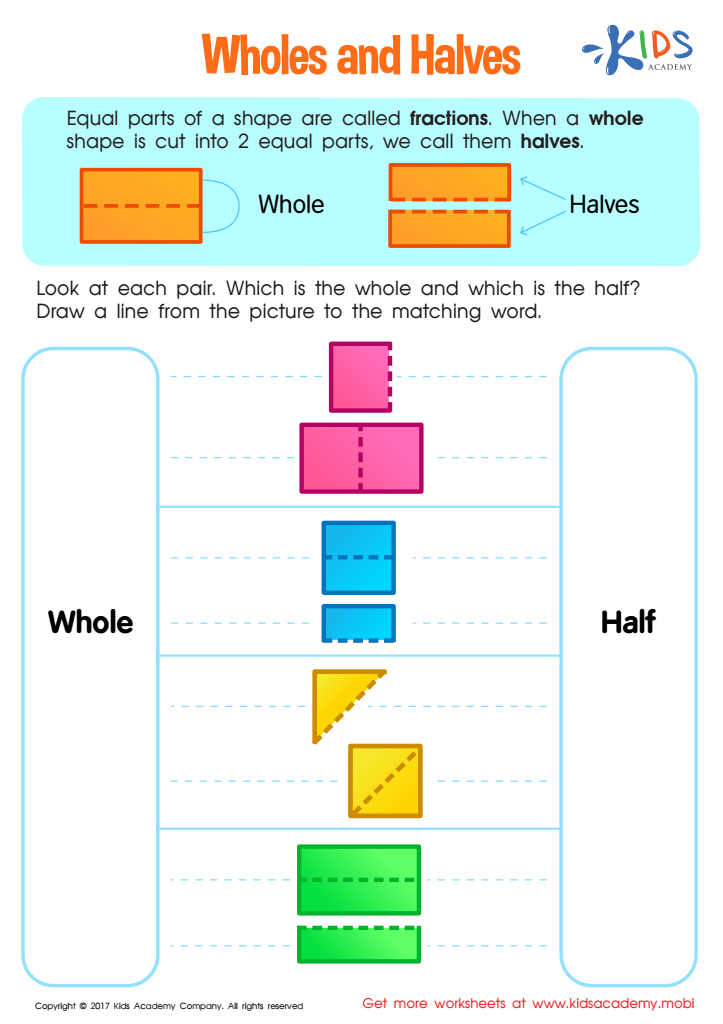

Wholes and Halves Worksheet


Measurement: Compare Volumes Worksheet
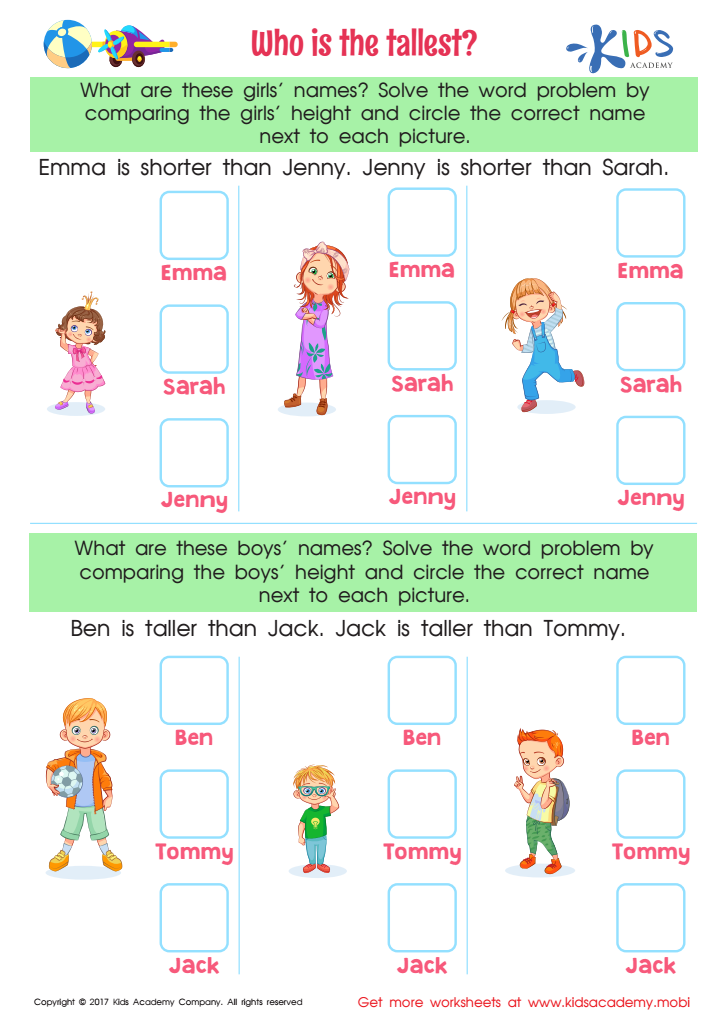

Who Tallest Printable
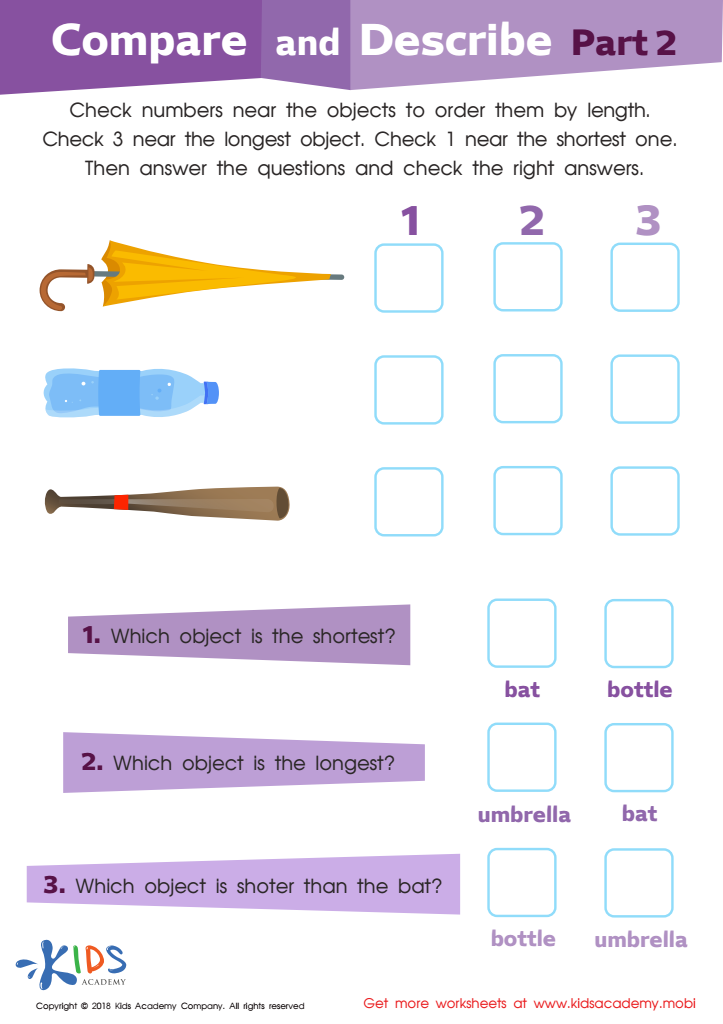

Compare and Describe: Part 2 Worksheet
Understanding the concept of comparing sizes is a fundamental skill in Grade 1 that builds a strong foundation for future mathematical learning. Helping young learners develop the ability to compare sizes teaches them critical thinking and problem-solving skills that extend beyond mathematics. For example, when a child can discern whether an object is longer, shorter, bigger, or smaller than another, they engage in the basic elements of measurement—a key concept that will reappear in more advanced math.
Moreover, comparing sizes fosters spatial awareness, aiding children in recognizing how objects relate to each other in space. This skill graduates into more complex geometry and physics principles that are crucial in later education stages. It also has practical life applications; children use size comparison in everyday activities, such as selecting appropriately sized clothing or estimating the amount of space needed to store their toys.
On an interpersonal level, consistent practice in comparing sizes enhances a child's vocabulary and language skills as they describe their observations. Terms like "taller," "shorter," "heavier," and "lighter" become part of their active vocabulary, improving both verbal and written communication.
Therefore, parents and teachers should prioritize this aspect of early education, understanding that it serves as a building block for academic and practical skills that children will use throughout their lives.
 Assign to My Students
Assign to My Students




